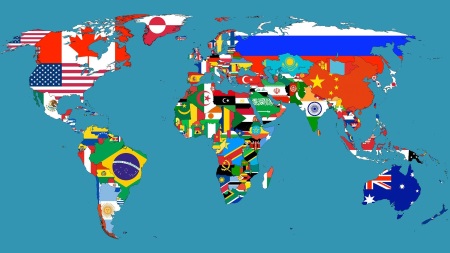Nombre:
Puerto de Mumbai
Otro:
Localización:
View Larger Map
Tipo: Puertos
Categoría:
Foto:
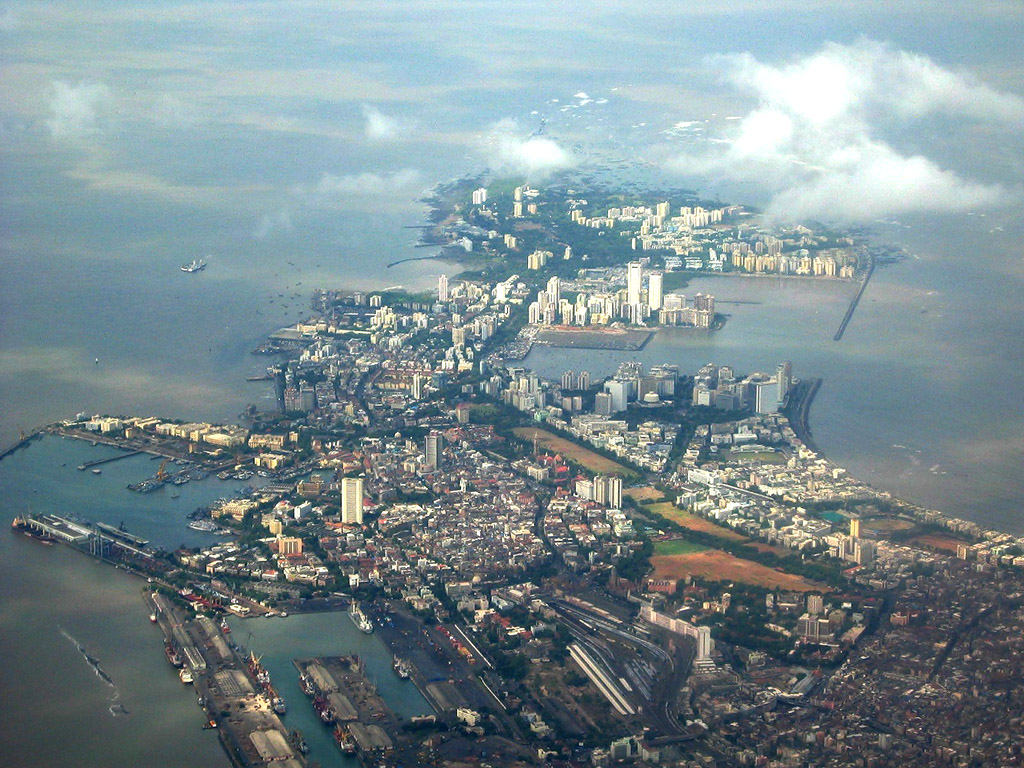
Voto:
Continente: Asia
País: India
Localización: Mumbai
Año: 1870
Estado: Terminado
Descripción:Los puertos de Barcelona y Mumbai firman un acuerdo de colaboración
4 diciembre, 2013
El presidente de la Autoridad Portuaria de Barcelona (APB), Sixte Cambra, y su homólogo del puerto de Mumbai, Rajeev Gupta, firmaron el pasado 28 de Noviembre un convenio que pretende establecer las bases para desarrollar proyectos de colaboración en el futuro. La firma se llevó a cabo en el marco del viaje institucional y empresarial de la Generalitat en la India y en presencia del presidente del Govern catalán, Artur Mas.
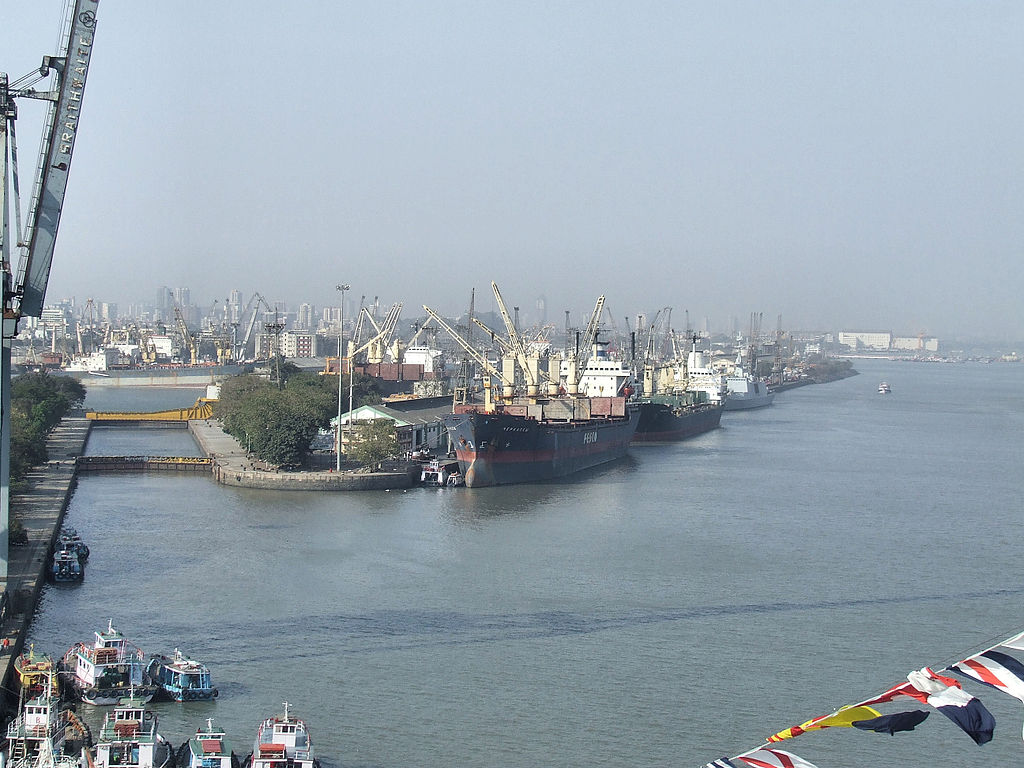
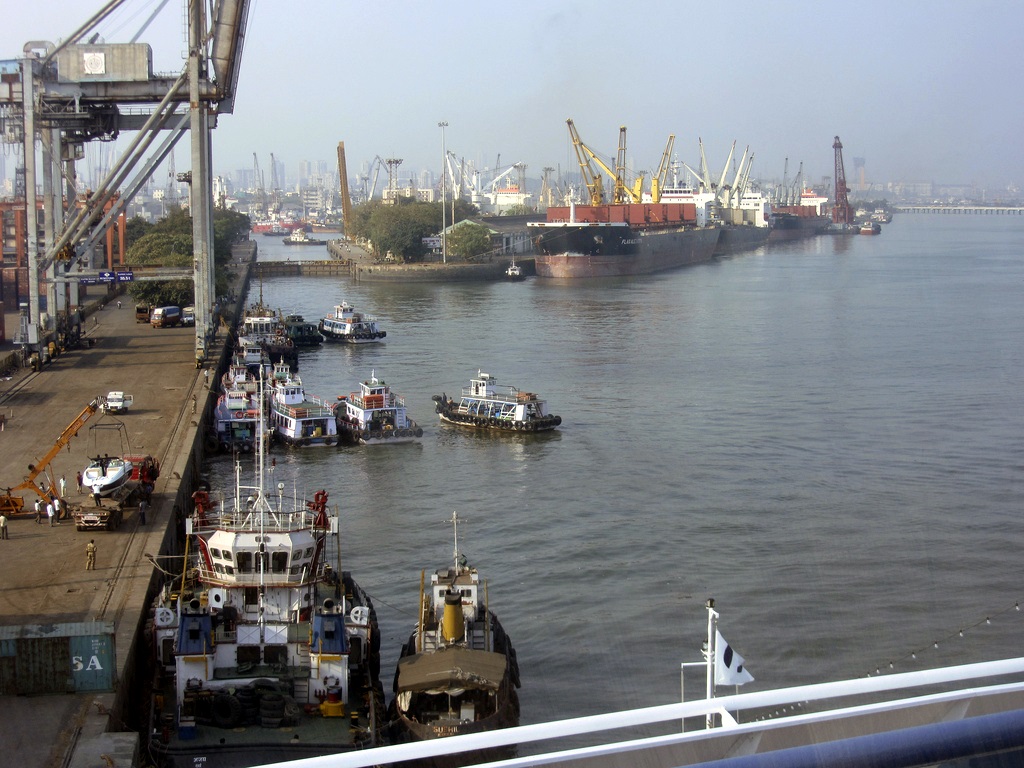



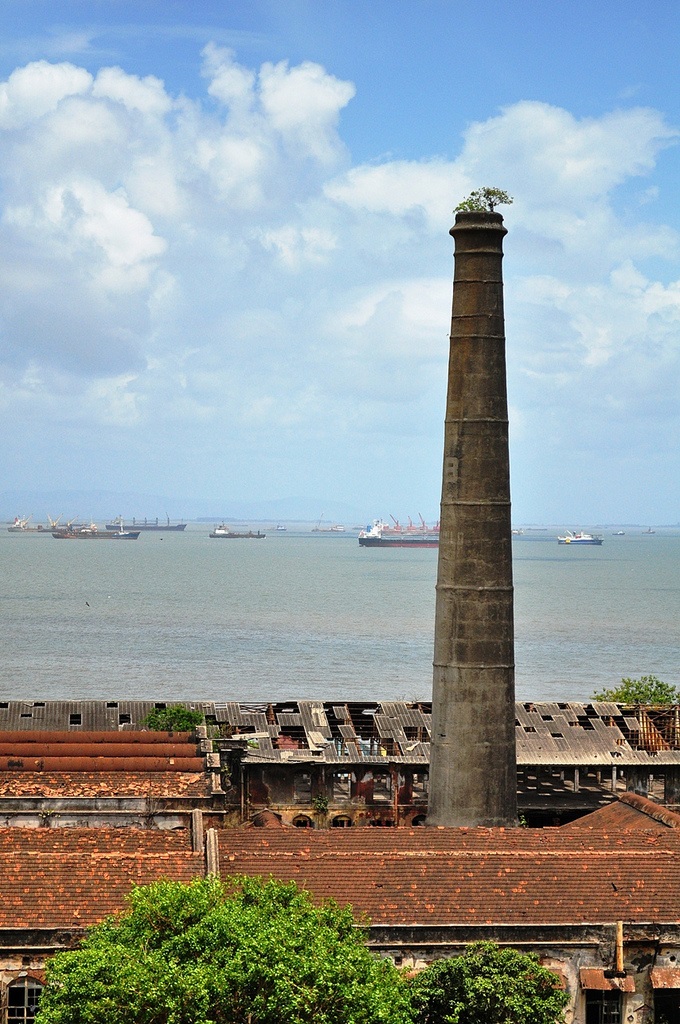
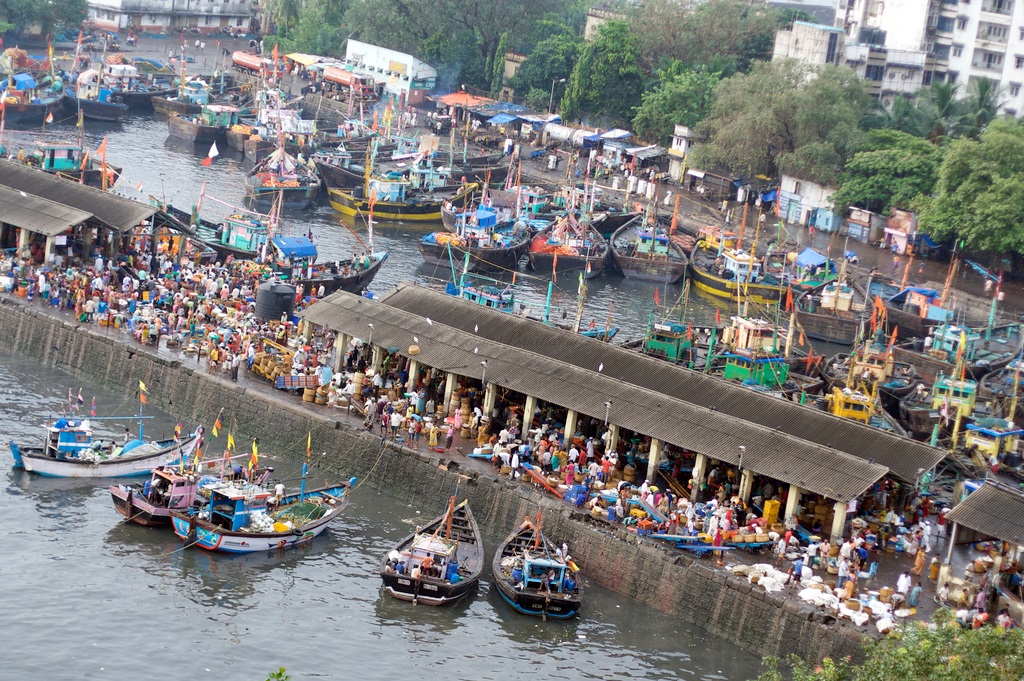

El acuerdo establece el intercambio de información relativa a desarrollos logísticos que se lleven a cabo en ambos territorios (acciones de promoción, misiones comerciales, infraestructuras, etc.).
También se pretende desarrollar programas y proyectos conjuntos con respecto a las relaciones puerto-ciudad (con el Port Vell como modelo), el sector de los cruceros y el tráfico de mercancías, principalmente contenedores, productos químicos y vehículos.
Asimismo, se propone intercambiar información respecto a la gestión portuaria, la construcción de infraestructuras, la planificación para muelles de contenedores y los desarrollos informáticos dirigidos a mejorar la gestión portuaria.
Fuente : Maritimas
http://merzcargo.com/los-puertos-de-barcelona-y-mumbai-firman-un-acuerdo-de-colaboracion/
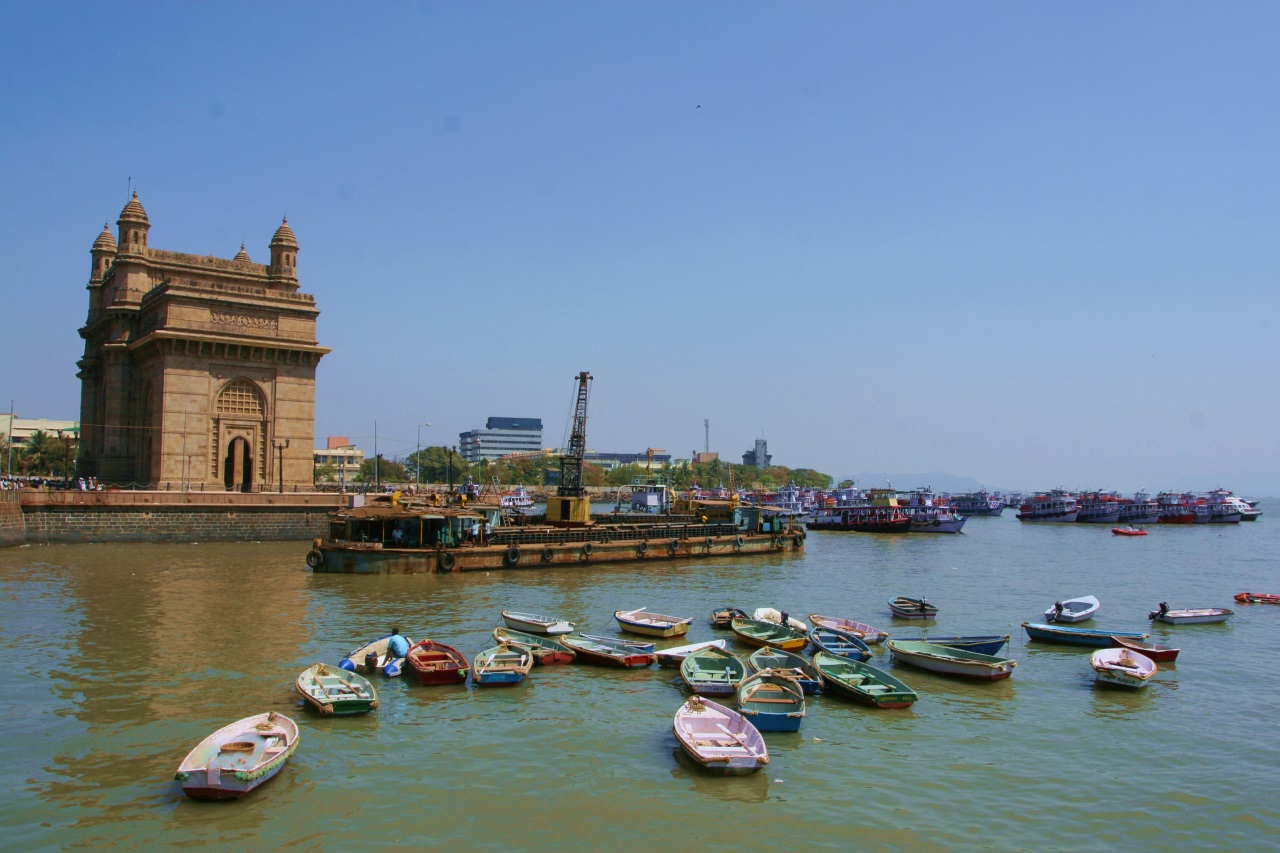


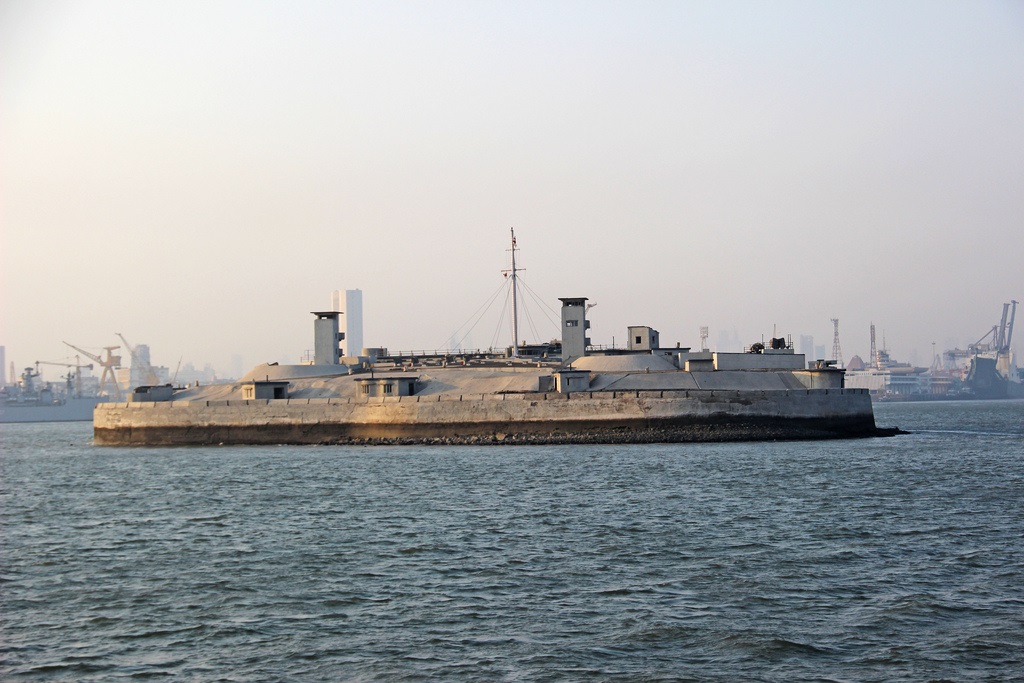
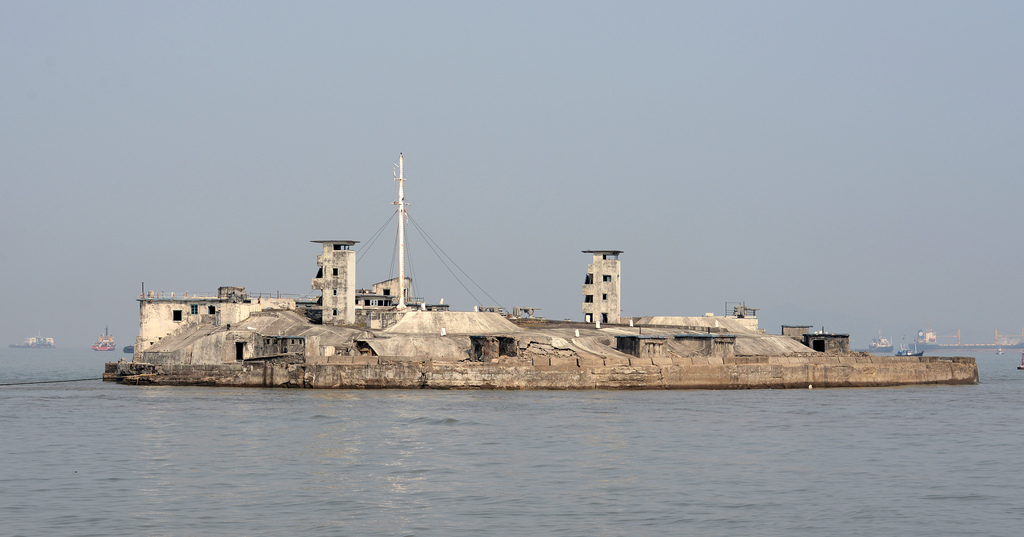

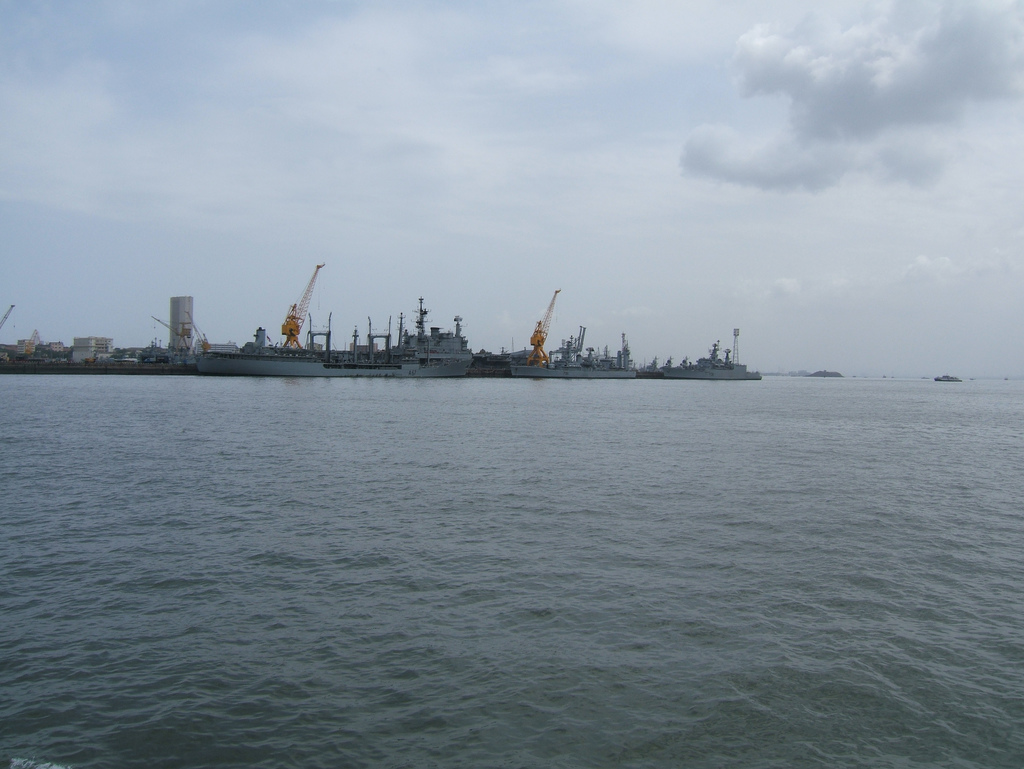
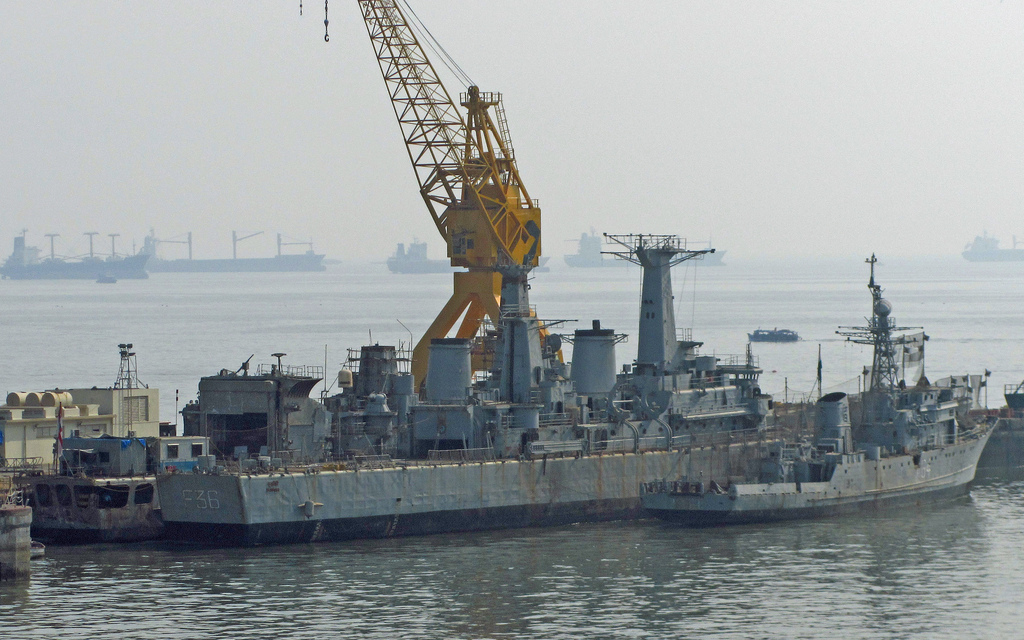
Mumbai Port has long been the principal gateway to India and has played a pivotal role in the development of the national economy, trade & commerce and prosperity of Mumbai city in particular. The port has achieved this position through continuous endeavor to serve the changing needs of maritime trade. Though traditionally designed to handle general cargo, over the years, the port has adapted to changing shipping trends and cargo packaging from break bulk to unitisation/palletisation and containerisation. Besides, it has also developed specialised berths for handling POL and chemicals. For decades, Mumbai Port was India’s premier port. Even today, with the development of other ports, it caters to 10% of the country’s sea-borne trade handled by Major Ports of the country in terms of volume. It caters about 19% of POL Traffic handled by Major Ports.
Having weathered and survived many a changes in maritime trade in its long history, Mumbai Port is today facing challenges posed by competition from adjoining ports and private ports, changing traffic patterns, inherent physical constraints and continuing labour intensive operations, etc. However, Mumbai Port is taking various measures to render cost effective and quality services to the trade.
http://mumbaiport.gov.in/index2.asp?slid=34&sublinkid=10&langid=1
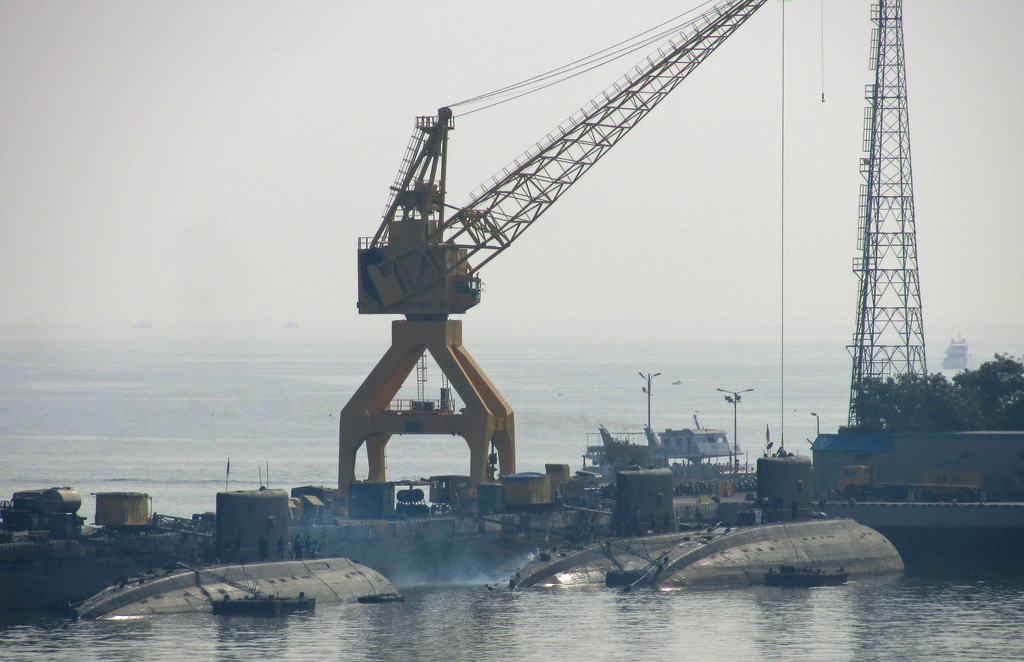
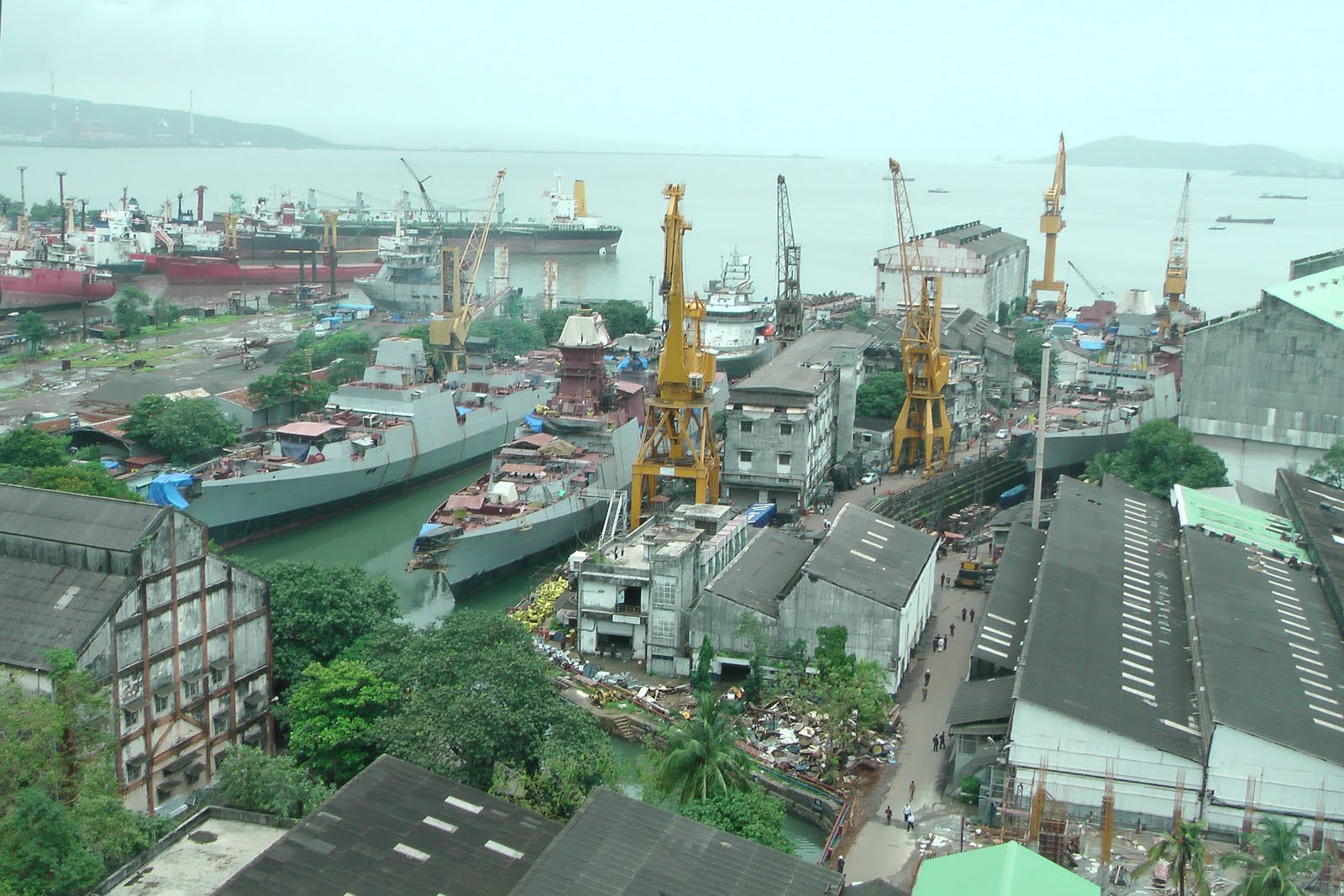
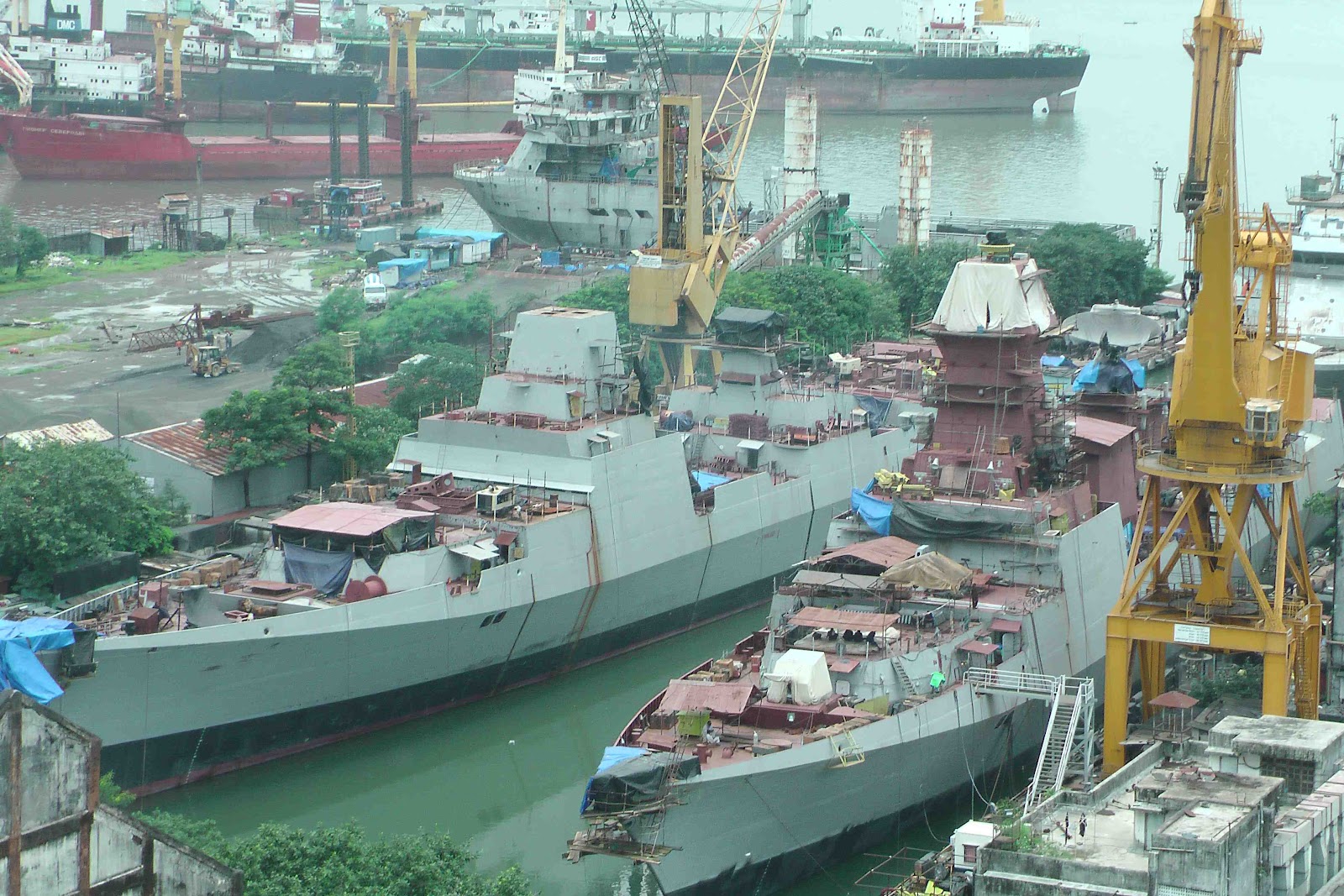

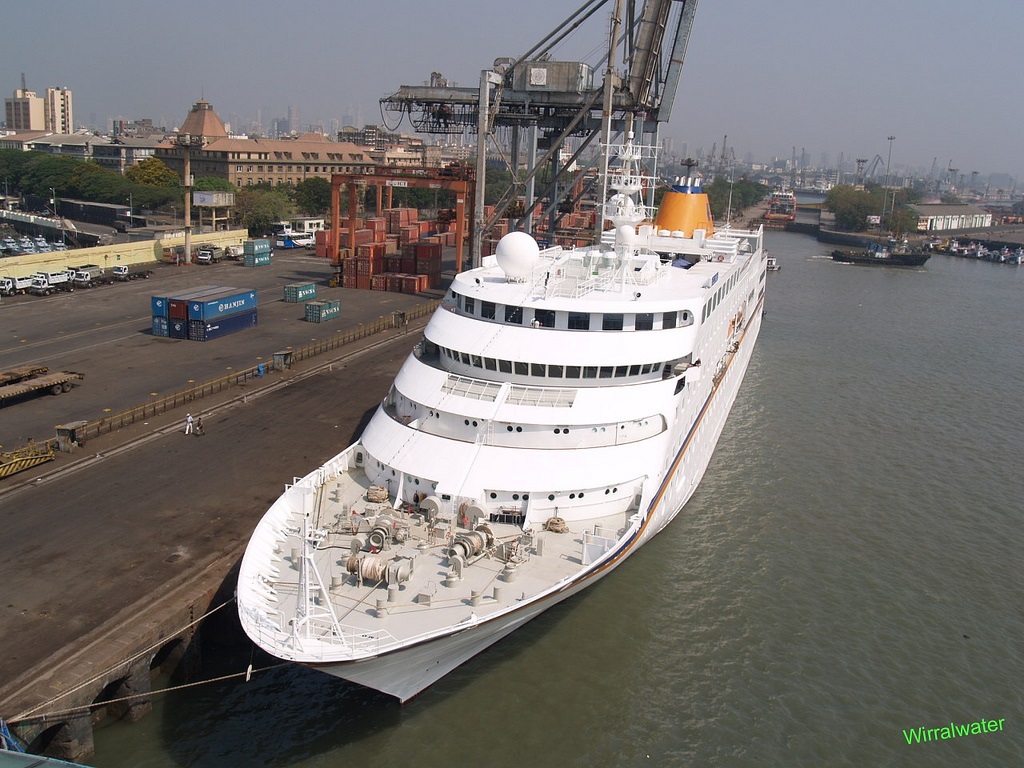
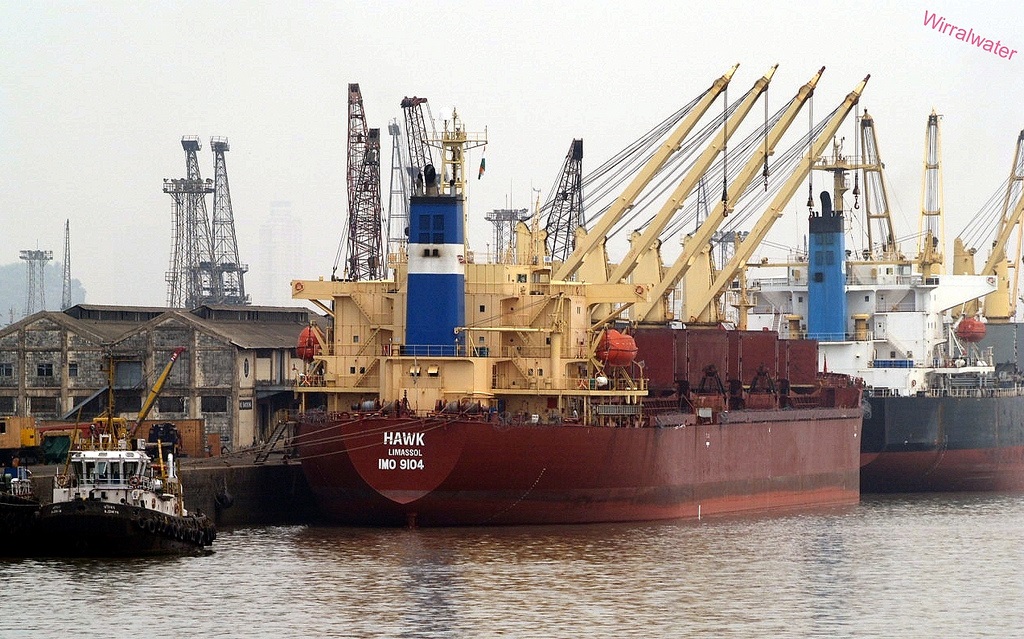
Mumbai Port, earlier known as Bombay Port, lies midway (Latitude 18° 56.3' N, Longitude 72° 45.9' E) on the West coast of India, on the natural deep-water harbour of Mumbai. The harbour spread over 400 square kilometres (150 sq mi) is protected by the mainland of Konkan to its east and north and by the island city of Mumbai to its west.[1] The harbour opens to the south to the Arabian Sea.
The port is administered by the Mumbai Port Trust (MbPT), an autonomous corporation wholly owned by the Government of India.[3] The port is primarily used for bulk cargo, while most container traffic is directed to Nhava Sheva port across the harbour.
History
Mumbai Harbour has been used by ships and boats for centuries. It was used by the Maratha Navy, as well as the British and Portuguese colonial navies
The first of the present-day docks of the Mumbai Port were built in the 1870s.[1] Bombay Port Trust (BPT) was established as a corporation on June 26, 1873.[4] BPT's founding chairman was Colonel J.A. Ballard.
Port development was undertaken by the civil engineering partnership Sir John Wolfe-Barry and Lt Col Arthur John Barry as Joint Consulting Engineers to the Bombay Port Trust at the end of the nineteenth century.[5]
From its establishment, the port has been the gateway to India, and was a primary factor in the emergence of Mumbai as the commercial capital of India. The port and the corporation took their present names in the 1990s.
Over the decades, the port underwent tremendous expansion, with the addition of berths and cargo handling capacities. However, Mumbai's expanding growth and population pressure constrained the growth of the port by the 1970s. This led to the establishment of the Nhava Sheva port across Mumbai Harbour in Navi Mumbai on the Konkan mainland. Nhava Sheva began operations in 1989, and most container traffic now flows through Nhava Sheva.
http://en.wikipedia.org/wiki/Mumbai_Port_Trust
https://www.flickr.com/search/?w=58018559@N00&q=mumbai harbor
https://www.flickr.com/search/?w=35626429@N08&q=mumbai port
http://ajaishukla.blogspot.com.es/2012_07_01_archive.html


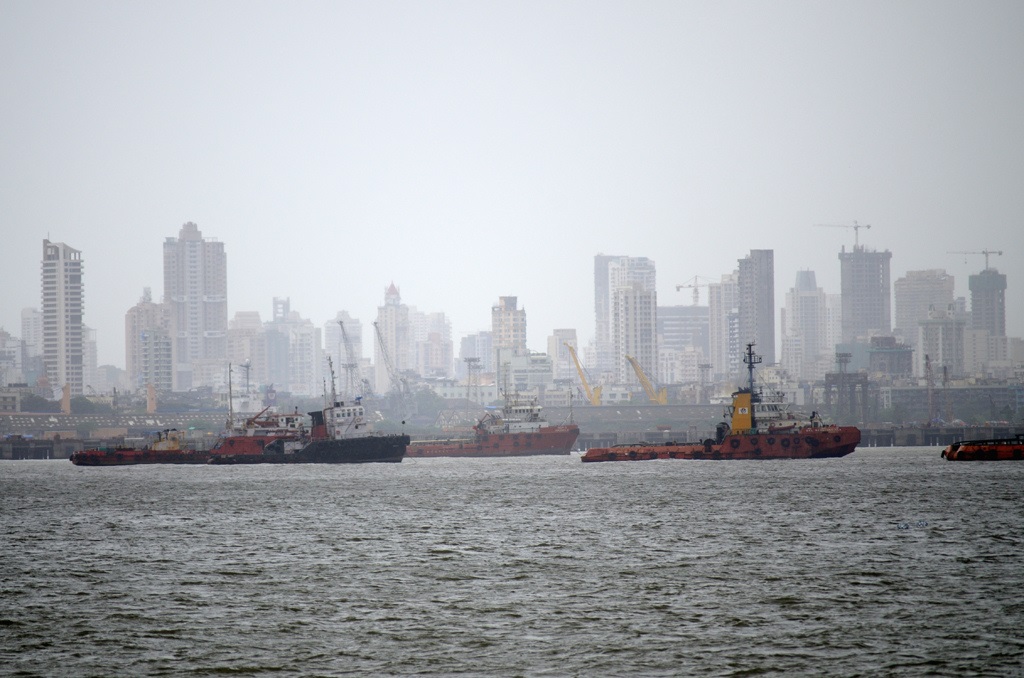
Vídeo:
Web recomendada: http://mumbaiport.gov.in/
Contador: 9721
Inserción: 2014-04-10 14:35:31
Lugares a visitar en un radio de 100 km (en línea recta)
Mapa de los lugares a 100 km (en línea recta)
Mostrando Registros desde el 1 hasta el 0 de un total de 0
Visitas |
Más visitados Basílica de San Marcos 154477 Catedral de Notre Dame (París) 143793 Torre de Pisa 131217 Monte Saint-Michel 100349 Presa de las Tres Gargantas 80832 |
Incorporaciones |
Comentarios hazola Cúpula de la Roca gracias me... gera Buenos Aires las mejores fotos de la mejor ciudad del... Daniel M. - BRASIL San Francisco ... PEQUE Presa Chicoasén SERA QUE ALGUIEN ME PUEDE DAR MAS INFORMACIÓN DE ESTE PROYECTO ESTUDIO EN LA UNACH Y ES PARA UN... Mery Huaca Pucllana Muy interesante, muy buena la información y... |
 Tweet
Tweet


